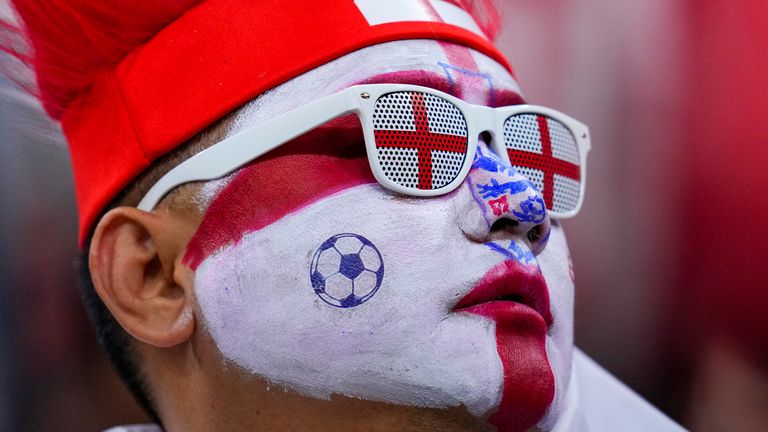Traditional TV sees biggest fall in viewers since Ofcom records began


Viewers are switching off traditional TV at record rates, according to a new Ofcom report.
With more competition than ever from streamers, the proportion of people watching a programme on broadcast TV each week dropped from 83% in 2021 to 79% in 2022 – the biggest decline since records began, the watchdog said.
Younger viewers have long been turning to platforms such as Netflix and Apple, as well as social media sites such as YouTube and TikTok.
But for the first time, Ofcom said, there is now evidence of a significant decline in average daily broadcast TV viewing among “core” older audiences (aged 65+) – a drop of 10% year on year, and down 6% on pre-pandemic levels.
Another notable shift, the Media Nations 2023 report found, is the average time spent watching broadcast television per person per day – which fell from two hours 59 minutes in 2021 to two hours 38 minutes in 2022.
There was some good news for public service broadcasters, with the research showing they still dominate the UK’s most-watched list thanks to big TV moments such as England’s World Cup matches and the Queen’s jubilee and funeral.
| England v France: World Cup quarter final | 16.1m | ITV |
| The Queen’s funeral | 13.2m | BBC 1 |
| The Queen’s Platinum Jubilee | 13.2m | BBC 1 |
| I’m A Celebrity… Get Me Out Of Here! | 12.5m | ITV |
| The Tourist | 11.4m | BBC 1 |
| Happy New Year Live! | 11.3m | BBC 1 |
| England v Germany: Women’s Euro 2022 final | 11.2m | BBC 1 |
| Trigger Point | 10.9m | ITV |
| Strictly Come Dancing | 10.7m | BBC 1 |
| The Thief, His Wife And The Canoe | 10.1m | ITV |
| * Data from Ofcom, based on highest-performing episode per title |
However, the number of programmes with more than four million TV viewers has more than halved over the past eight years, from 2,490 in 2014, to 1,184 in 2022.
Only 48 programmes averaged more than four million TV viewers on streaming platforms in 2022, with Netflix accounting for the vast majority.
These declines are a reflection of fewer people watching the main early and late evening TV news bulletins, Ofcom said, as well as a “steady decline” in viewing figures for popular soaps such as Coronation Street, EastEnders and Emmerdale – with the number of episodes attracting four million viewers or more down 42% from 754 in 2014 to 438 in 2022.
BBC One and ITV1 remain first and second choice for viewers when they initially turn on their TV, with 20% and 13% respectively, with Netflix third with 6%.
The usage of on-demand services, such as BBC iPlayer and ITVX, continues to grow.
Read more:
More young people using TikTok to access news
One million ‘switch off broadband in cost of living crisis’
Today’s viewers are spoiled with an “all-you-can-eat” buffet of broadcasting and online content to choose from, said Yih-Choung Teh, Ofcom’s group director for strategy and research.
“Our traditional broadcasters are seeing steep declines in viewing to their scheduled, live programmes – including among typically loyal older audiences – and soaps and news programmes don’t have the mass-audience pulling power they once had,” he said.
“But despite this, public service broadcasters are still unrivalled in bringing the nation together at important cultural and sporting moments, while their on-demand players are seeing positive growth as they digitalise their services to meet audience needs.”